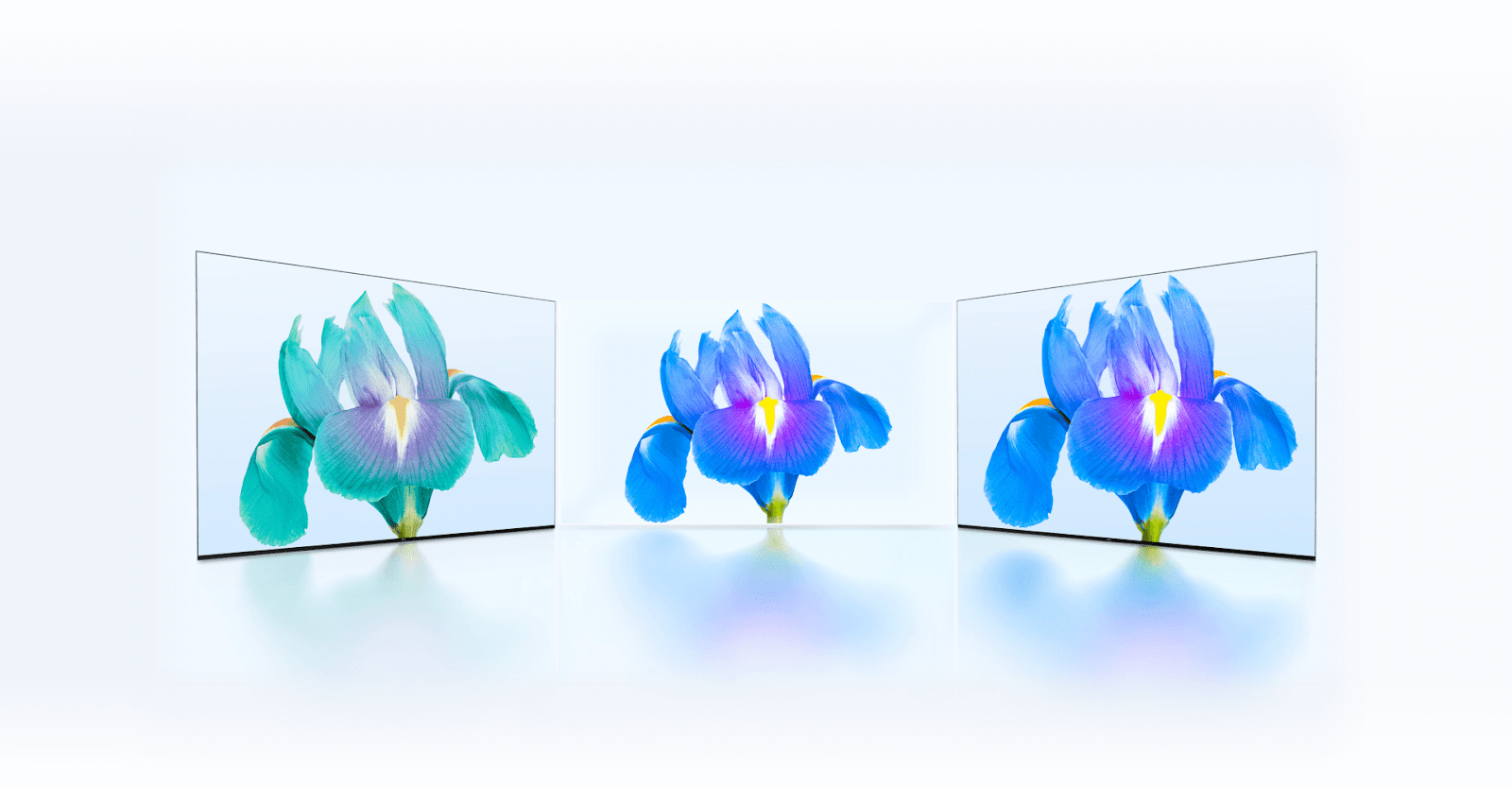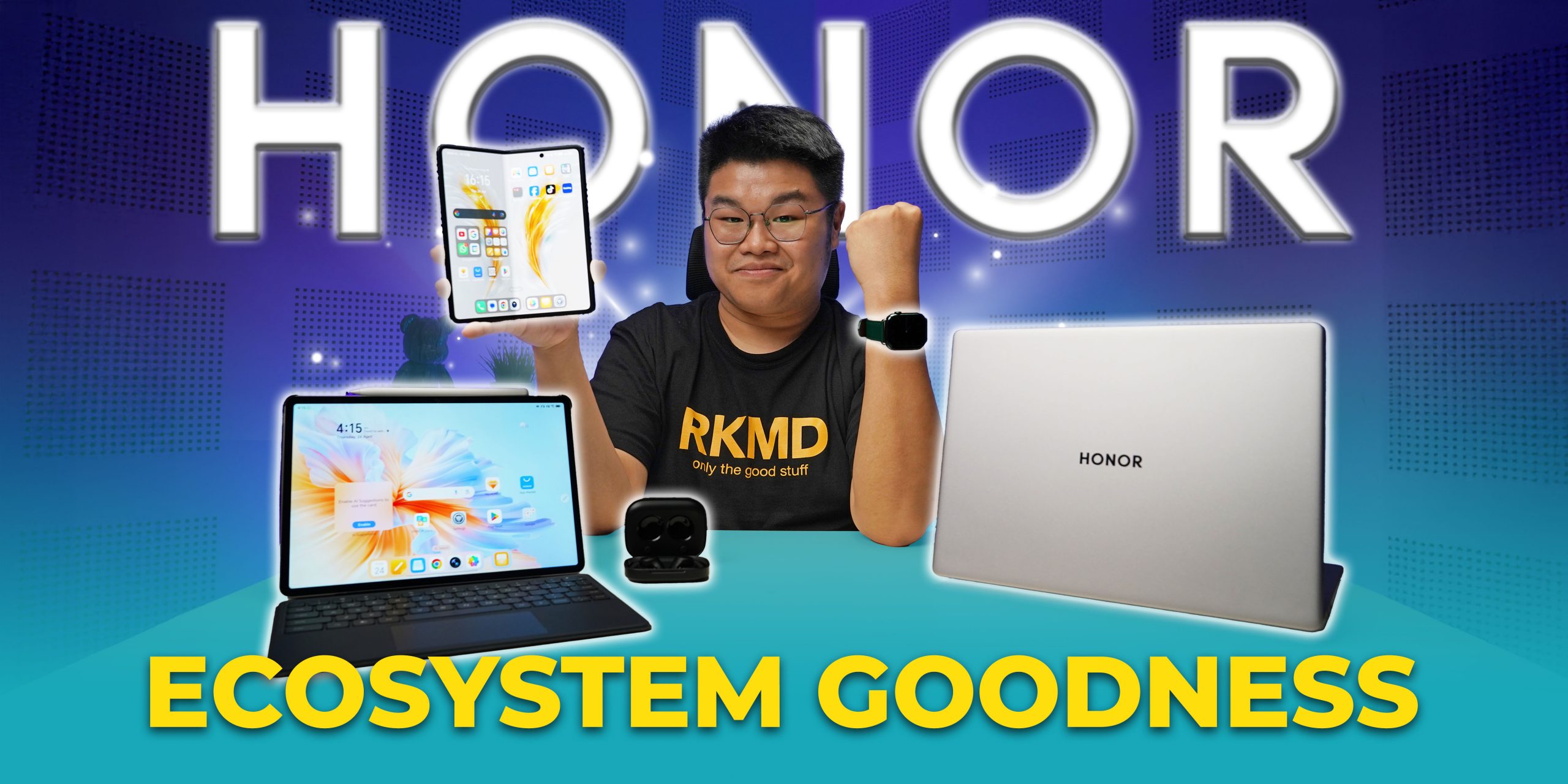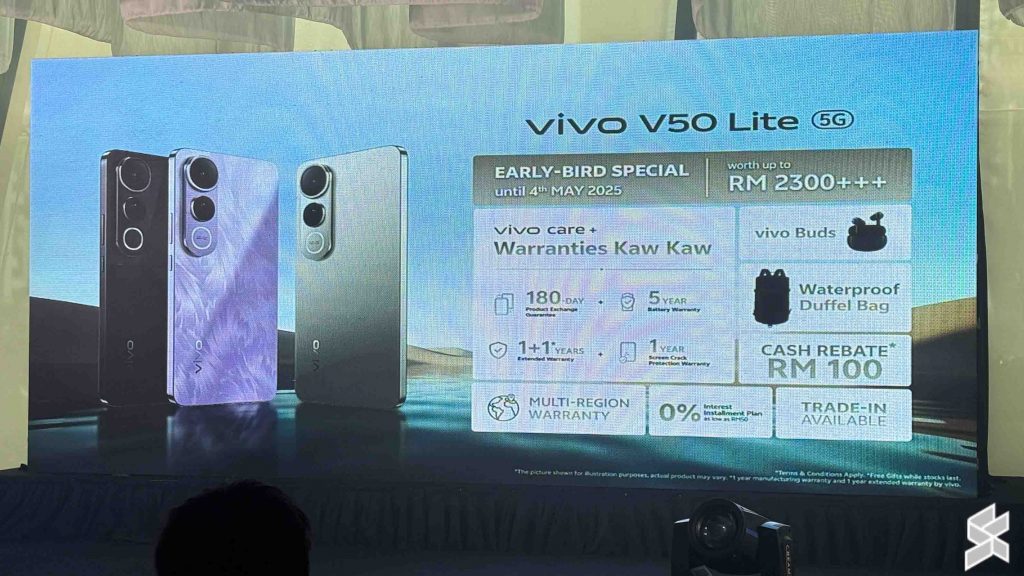Selecting the ideal television may be a difficult undertaking in the constantly changing world of home entertainment. With technological advancements continually reshaping the market, consumers are faced with many options, each promising a better viewing experience than the last. One standout technology in high-performance displays is QLED (Quantum Dot LED) technology. QLED TVs offer vibrant colours, high contrast ratios, and impressive brightness levels. However, not all QLED TVs are created equal, and investing in a high-performance display requires careful consideration. In this buying guide, we’ll explore key factors to remember when selecting a qled tv that aligns with your viewing preferences and lifestyle.
Understanding QLED Technology
To make an informed decision, it’s essential to grasp the fundamentals of QLED technology. Unlike traditional LED TVs, which use a backlight to illuminate pixels, QLED TVs leverage quantum dots. These microscopic semiconductor particles emit precise colours when exposed to light. This technology improves colour accuracy, wider colour gamuts, and enhanced brightness. When exploring QLED TVs, pay attention to the specific quantum dot technology employed by each manufacturer. Leading brands like TCL utilize Quantum Dot Enhancement Film (QDEF) for superior colour reproduction. Understanding the intricacies of QLED technology will empower you to assess a TV’s visual performance accurately.
Display Size and Resolution
The next crucial factor to consider is the display size and resolution of the QLED TV. The optimal size depends on the dimensions of your viewing space and your personal preferences. A larger screen can deliver a more immersive experience, but it’s essential to balance size and viewing distance. Industry experts recommend a viewing space that is approximately 1.5 to 2.5 times the diagonal size of the screen. Additionally, the resolution plays a pivotal role in image clarity. While 1080p (Full HD) remains prevalent, 4K Ultra HD is becoming the standard for high-end TVs. The increased pixel count in 4K TVs produces sharper images and greater detail. As content producers continue to embrace higher resolutions, investing in a 4K QLED TV ensures your display is future-proof and ready to showcase the latest in visual entertainment
HDR Capabilities and Smart Features
High Dynamic Range (HDR) is a key feature that significantly enhances the viewing experience by expanding the contrast ratio and colour palette. When evaluating QLED TVs, consider their HDR capabilities. Popular HDR formats include HDR10, Dolby Vision, and HLG. Each structure has advantages, and compatibility with multiple formats ensures versatility in enjoying HDR content from various sources. Smart features are another aspect that sets modern QLED TVs apart. Assess the user interface, app selection, and smart home integration capabilities. TCL’s QLED TVs, for example, a user-friendly smart TV platform that provides easy access to streaming services and a wide range of apps. Evaluate the smart features based on your preferences and how seamlessly they integrate into your existing home entertainment ecosystem.

Conclusion
A thorough examination of technology, size, resolution, HDR compatibility, and intelligent features is necessary when choosing the best QLED TV. By understanding the intricacies of QLED technology, consumers can make informed decisions that align with their viewing preferences and budget. Choosing between display sizes and resolutions requires carefully considering the viewing space and individual preferences. HDR capabilities add depth and vibrancy to content, while smart features enhance the user experience. As the market evolves, staying informed about the latest advancements in QLED technology ensures that your investment in a high-performance display pays off in exceptional visual experiences for years to come. In the end, the perfect QLED TV is the one that seamlessly integrates into your lifestyle, delivering a cinematic experience that exceeds your expectations.







